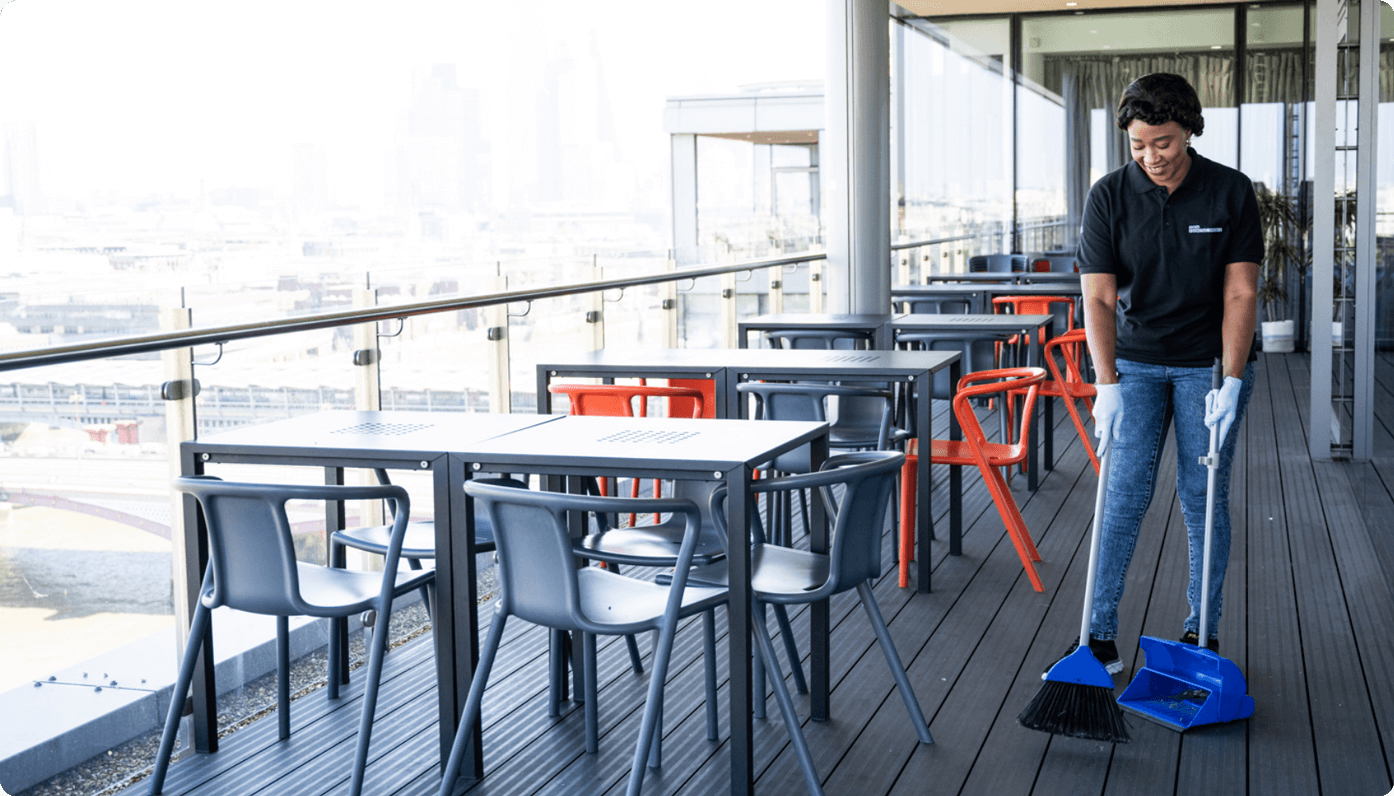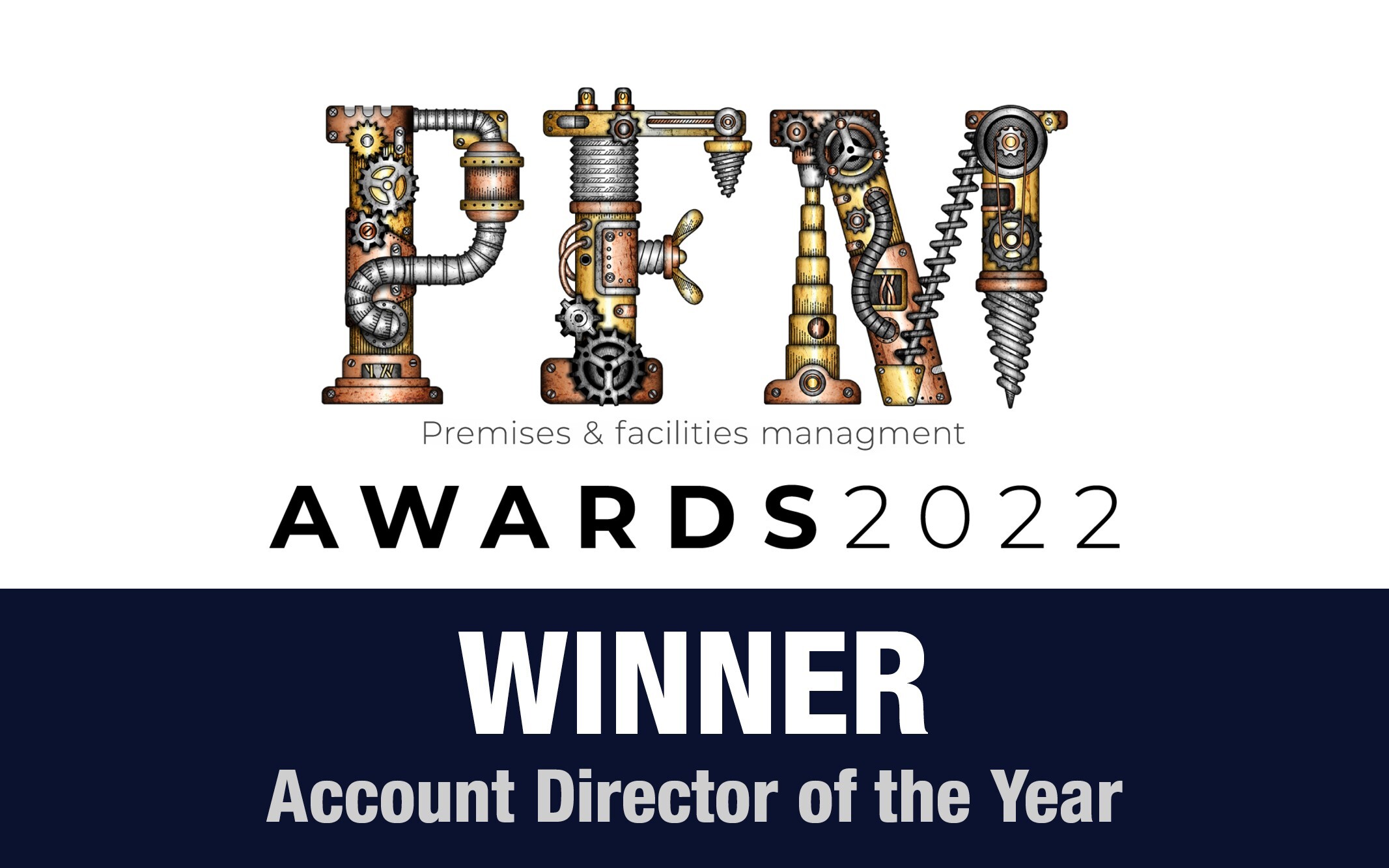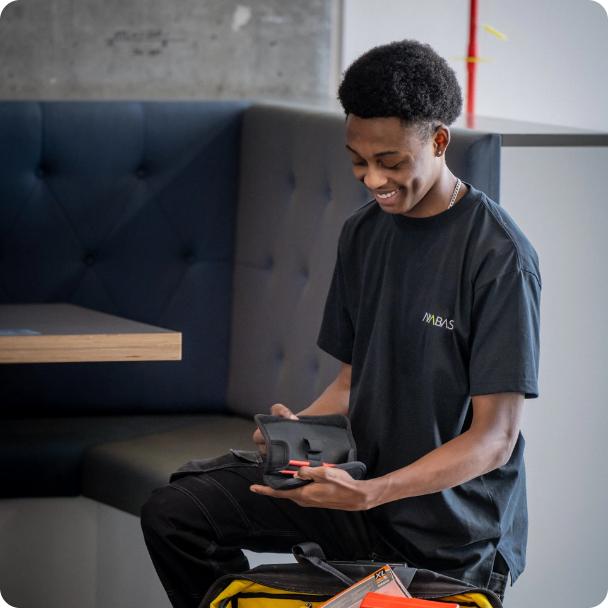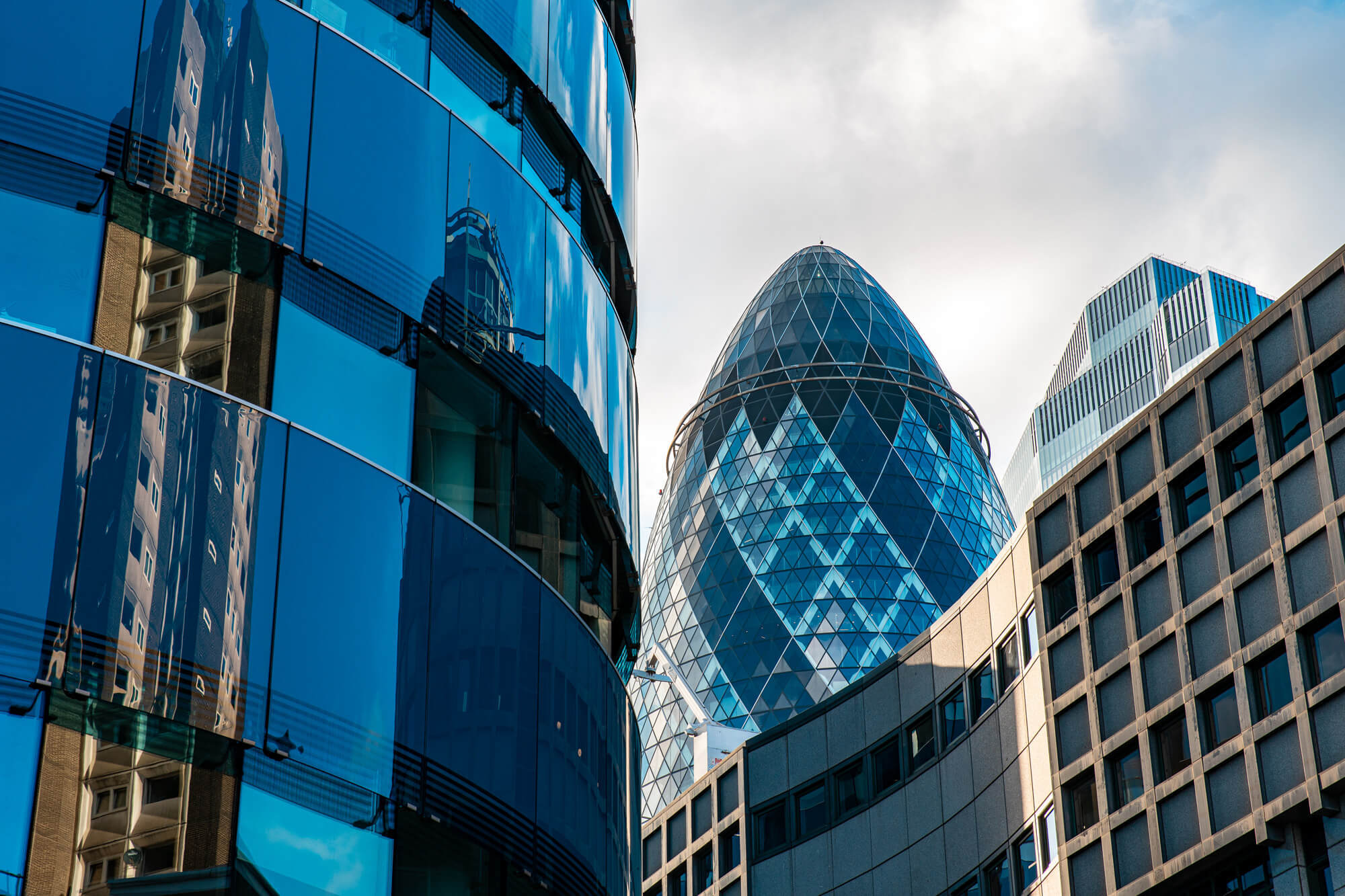





 Building & Fabric Maintenance
Building & Fabric Maintenance

 Mechanical & Electrical Maintenance
Mechanical & Electrical Maintenance



 Events & Lifestyle Services
Events & Lifestyle Services

 Logistics & Office Services
Logistics & Office Services

 Security
Security

 Catering
Catering

 Cleaning & Environmental
Cleaning & Environmental







Small Decencies


Boutique FM


Fully Engaged


Brilliant Basics


Great Experiences


FM Technology


Great People


Advocacy


Right size, Right fit


Promises Delivered




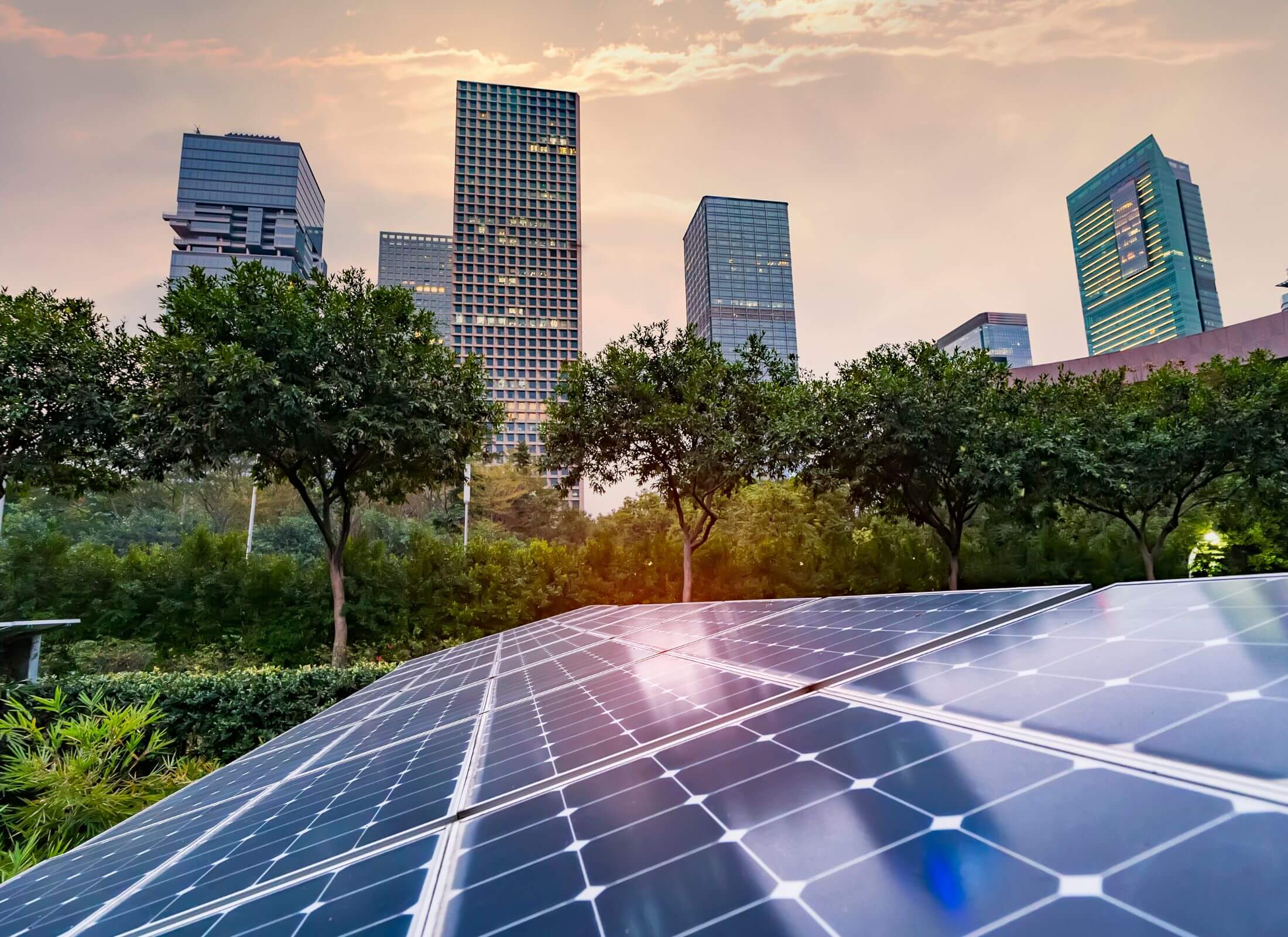
Keeping eyes on Net Zero for facilities management
The momentum gained on the journey toward net zero taught us that whatever the landscape, we can always find ways to work together to reduce our carbon impact and manage the rising costs to businesses. With the battle over a warming planet still in the balance, it’s now more important than ever for everyone, including businesses, to focus on their own net zero and sustainable facilities management.
Around 40% of global annual carbon emissions are generated by buildings through embodied carbon in the construction phase or ongoing operational carbon when the building is in use. So, if the UK has any hope of reaching net zero by 2050, our focus must include the decarbonisation of our existing buildings and office real estate.
For corporate real estate, the biggest impact can come from looking at operational emissions. If a net zero society and decarbonised building stock is the goal, we need to stay focused on reducing emissions associated with our daily office activities.
It’s also worth noting the strong reputational and recruitment case to be made for net zero investments. As millennials and Gen Z are a growing presence in the workforce, companies taking sustainability seriously no doubt stand a greater chance of winning the talent war. Research shows around 34% of UK office workers would refuse a job offer from companies without strong enough environmental values.
Smart tech can light the path
So, what about the importance of sustainability in facilities management? With remote and home working on the rise since 2020, offices are evolving for hybrid needs – which is the perfect opportunity to employ smart solutions that help sustainability and productivity.
Indoor environmental quality (IEQ) sensors can monitor a building to provide snapshots of office usage. This data can be used to inform how we use the office and identify areas where air quality is poor, for example.
Cost-effective tech like this gives us better-than-ever insight into building usage and performance. More systems like building information modelling (BIM) integrated with FM systems are providing real-time insight to key sustainability metrics like energy use, temperatures and air quality.
As more people return to the office and working arrangements continue to evolve, having flexibility and extra space doesn’t have to equal missing sustainability targets. Being smart about how we use technology means facilities managers can resist the temptation to downsize to save costs and emissions. Using sensor-based systems, lighting and heating systems in low-use areas can be shutdown automatically to minimise emissions.
Leading culture from the top
But with companies already facing cost pressures and spiralling energy bills in particular, the net zero narrative has a new component. Even though views on the importance of net zero strategies have not changed, many businesses may be considering parking sustainability initiatives while costs are rising. But finding a balance of cost efficiencies and investment based on your business needs is a better solution.
Ultimately, net zero and sustainable business cultures start from the top – particularly in this volatile climate, so your internal messaging must show the potential in transforming workspaces to better suit the needs of colleagues and to create a more sustainable company that they’re proud to be part of.
Long-term thinking with a global goal
Net zero is a long-term journey with bumps in the road and introducing sustainable systems to corporate real estate is a long-term plan that is important to get right. Each environment needs detailed budgets and targets, and transparency about building performance.
Flexibility at all levels is also a must. Cooperation of all FM and building teams will help innovative ideas to get off the ground. From receptionists to security officers and, cleaning staff to engineers, anyone can have ideas on how energy efficiencies can be made.
If you’re not fully onboard with sustainability objectives, it may be time to set up continuous training programmes to explain how and why certain policies are followed, and how they can contribute to the success of the business. While many challenges exist, the need to operate with a long-term lens and understand the importance of sustainable values ahead of the 2050 net zero goal is essential.



